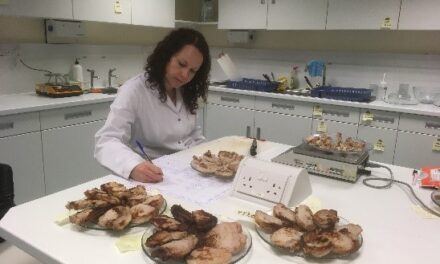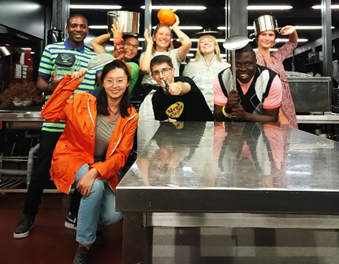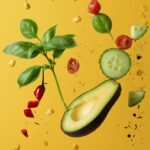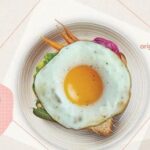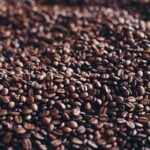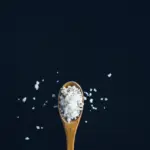
Q: What can you serve but not eat?
A: A tennis ball.
Give me a break, I am having some trouble with my server, so I have made a food and nutrition related blog using words I can make out of the letters in WIMBLEDON. Fifteen of them.
“How many?”
“Fifteen: love”
BOILED; there will be some difference nutritionally between boiled and fresh vegetables because some vitamins are sensitive to heat, for example, vitamin C (raw broccoli 79mg/100g, boiled broccoli 44mg/100g). However there are also positives to boiling – it helps to break down the plant cell walls, allowing us to better absorb a bioactive compound called lycopene which may protect us from certain cancers (raw red pepper 506µg/100g, boiled red pepper 645 µg/100g).
Search the nutrient composition of the 3,200 most commonly eaten foods and recipes dishes in the UK from our website: https://quadram.ac.uk/UKfoodcomposition/
BIOME; our gut is home to a large community of microbes, known as the microbiome and there is a growing realisation that this microbiome has an important influence on our health. We work at the Quadram Institute where there are scientists seeking to better understand the microbiome and uncover the mechanisms by which if affects health.
There is a really nice public resource on the gut microbiome on the Quadram website: https://quadram.ac.uk/what-is-the-gut-microbiome/
MILDEW; salt and sugar are used to preserve foods. As manufacturers reduce the content of these for nutritional purposes, it is essential that they understand the consequences of reduction of these in the shelf life of their foods and are able to reformulate their products safely.
OILED; olive oil is the basis of the Mediterranean diet, rich in monounsaturated fatty acids – the healthy dietary fat (side note: olive oil should not be used as a sunscreen for tennis players).
MOBILE; how mobile has your food been? Food miles are a way of measuring how far food has travelled before it reaches you. It is a way of looking at the environmental impact of foods.
MODEL; did you know that a Model Gut has been developed by scientists on Norwich Research Park? It simulates the processes that occur within the human stomach, in real-time to process real chewed foods, so we can follow what happens during digestion.
LEMON; used with apples, cucumber and strawberries as a garnish for Pimms, the traditional gin based drink, commonly drunk whilst watching tennis, first produced by a farmer’s son from Kent,
MELON; a watermelon (without skin) is 91% water, a great way to rehydrate after a match, the first recorded watermelon harvest was in Egypt nearly 5,000 years ago, and seeds were discovered in Tutankhamun’s tomb.
BOWL; worth remembering that a bowl is not a portion size, since bowls vary in size and it depends what food you put in it. The British Nutrition Foundation have a handy booklet highlighting portion sizes to suit you https://www.nutrition.org.uk/attachments/article/1193/Find%20your%20balance_%20booklet.pdf As an example – a portion of cereal is 3 handfuls, for yogurt 4 tablespoons and for nuts, a small handful. For the last nuts probably don’t need a bowl.
WOMEN; will watch and play tennis, so will MEN, which is also a word I could have used, yes I shall use that, phew that’s one less fact to find.
BORED; are you bored reading this yet? Its nearly the END
ELBOW; look, its related to tennis and you need it to bend to eat food, it’s the best I can do right now.
OBE; I need one after writing this blog
Game over
Can you find any other words?
Additional reading
BBC Good Food raw vs cooked : https://www.bbcgoodfood.com/howto/guide/raw-vs-cooked
Microbial risks associated with salt reduction: https://acmsf.food.gov.uk/sites/default/files/mnt/drupal_data/sources/files/multimedia/pdfs/acm740a.pdf
BBC Good food, facts about food miles: https://www.bbcgoodfood.com/howto/guide/facts-about-food-miles
Model gut: https://quadram.ac.uk/model-gut/
Pimms https://en.wikipedia.org/wiki/Pimm%27s
Watermelon and Tutankhamun https://en.wikipedia.org/wiki/Watermelon#cite_note-7



